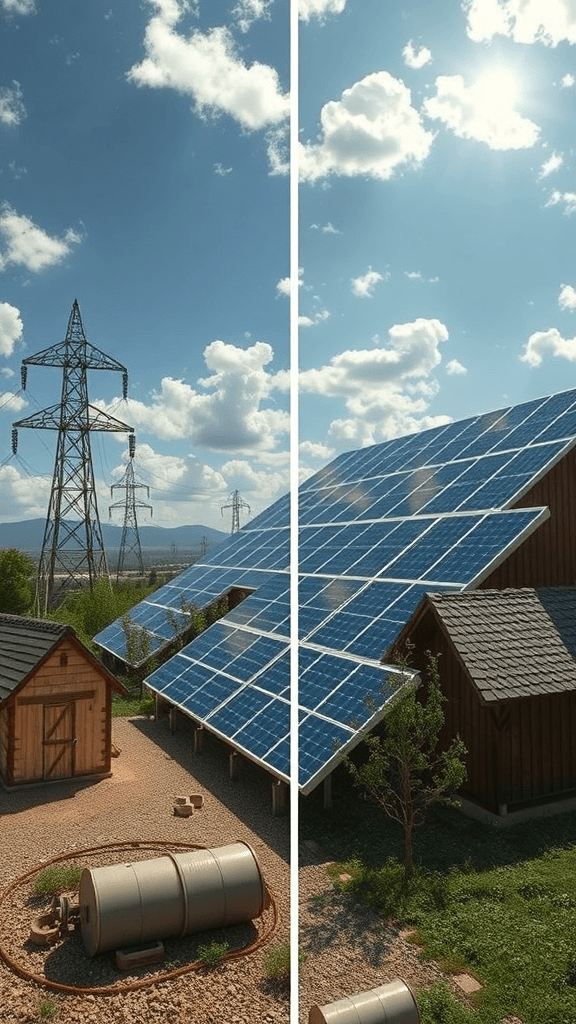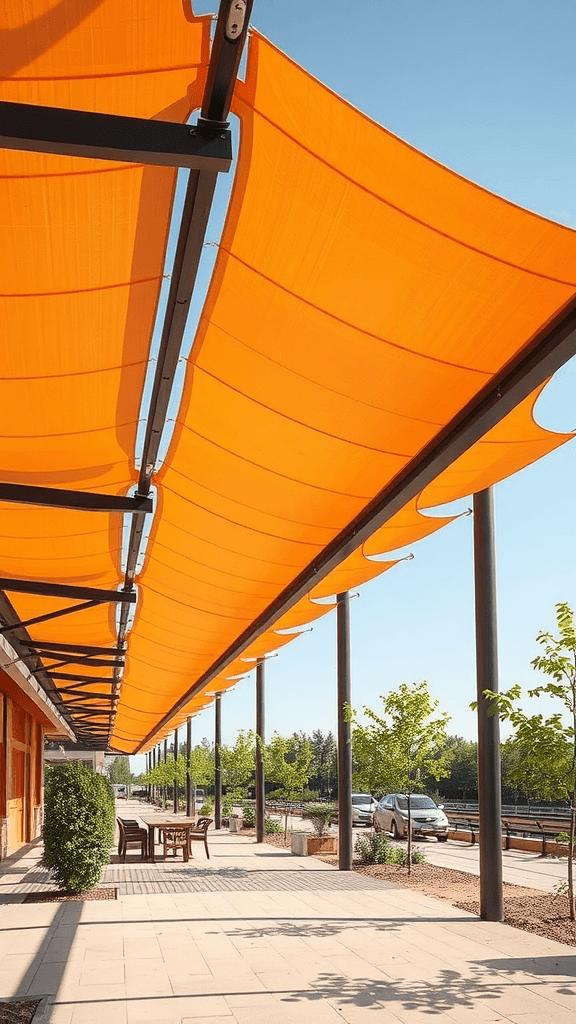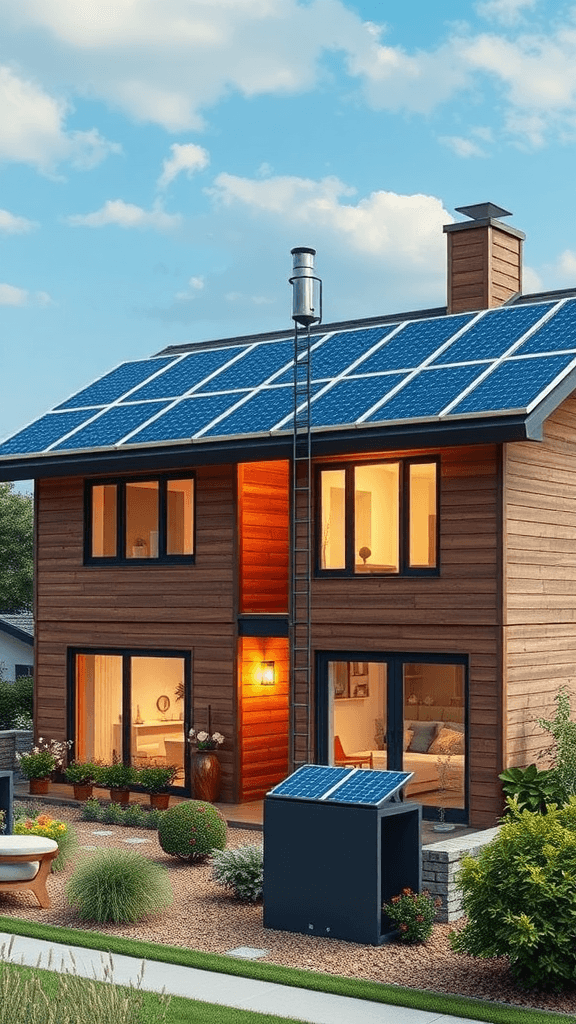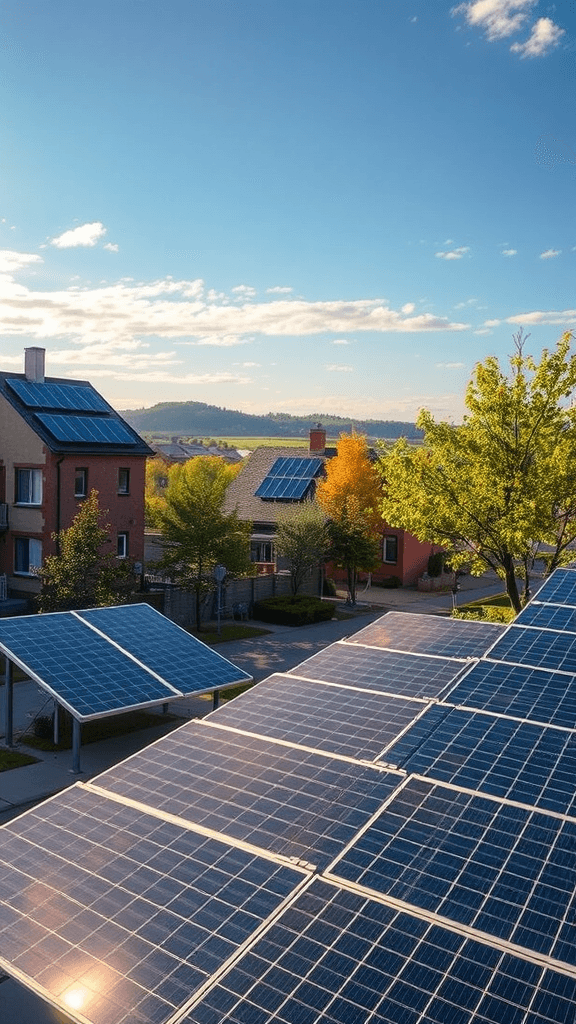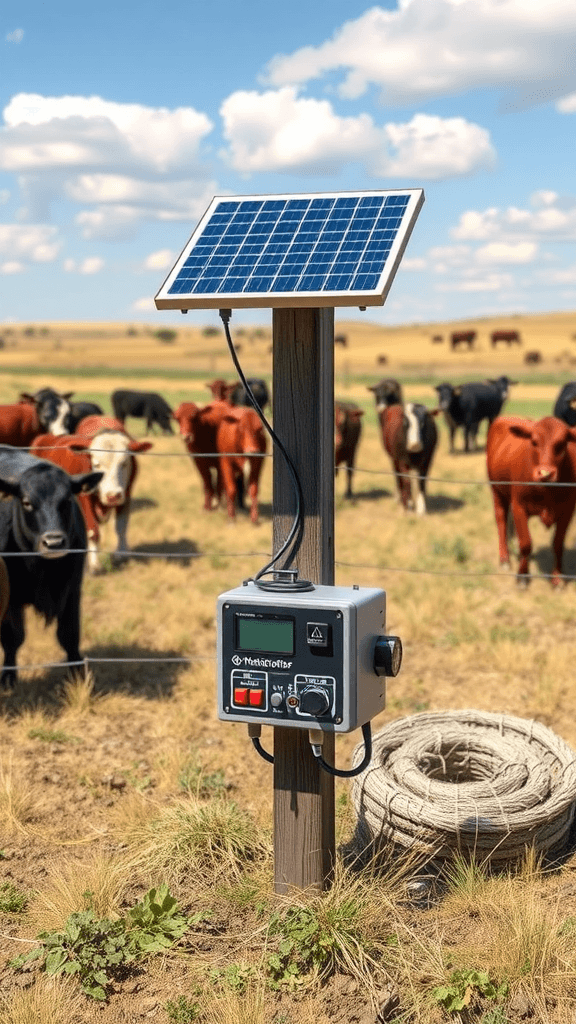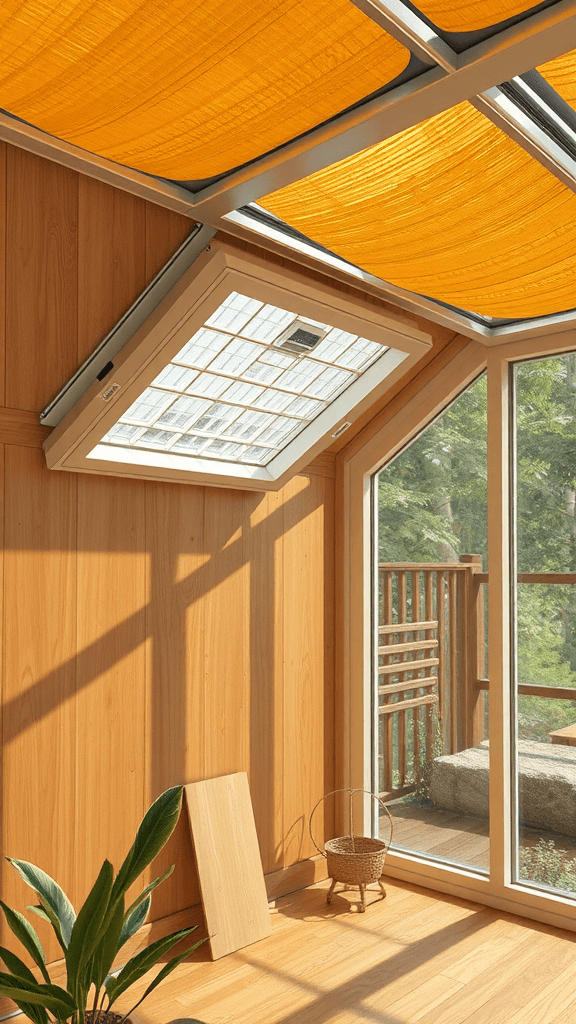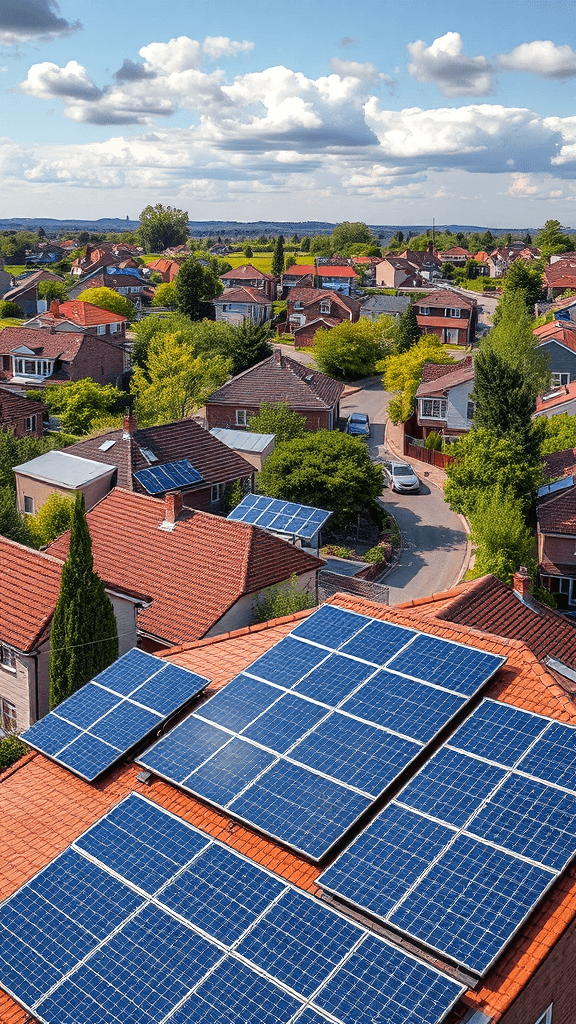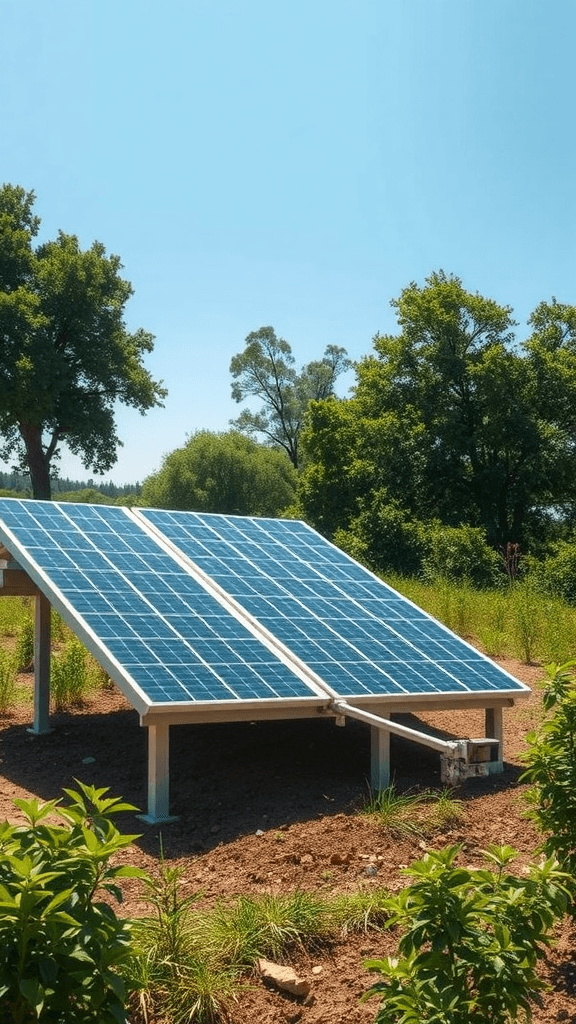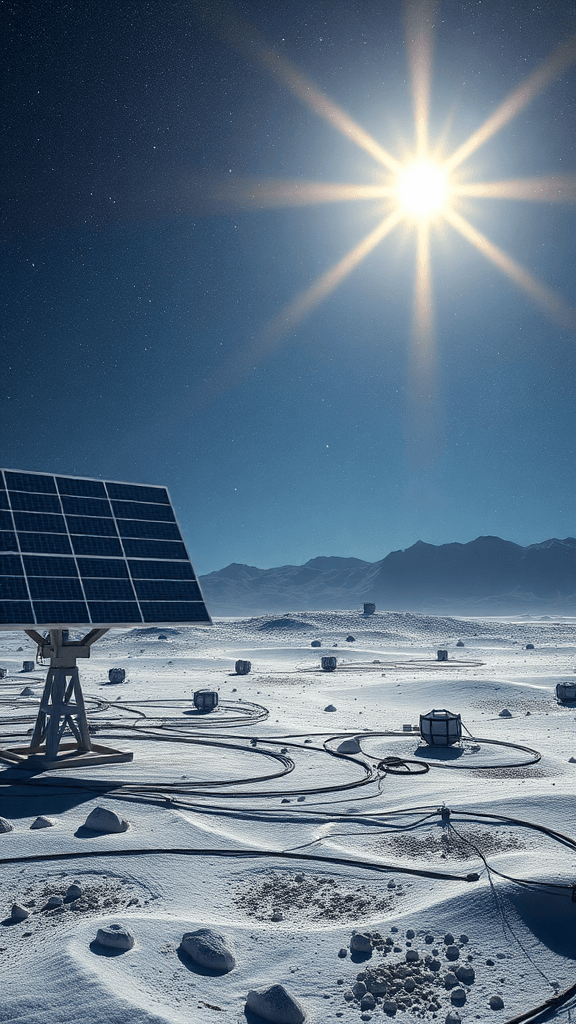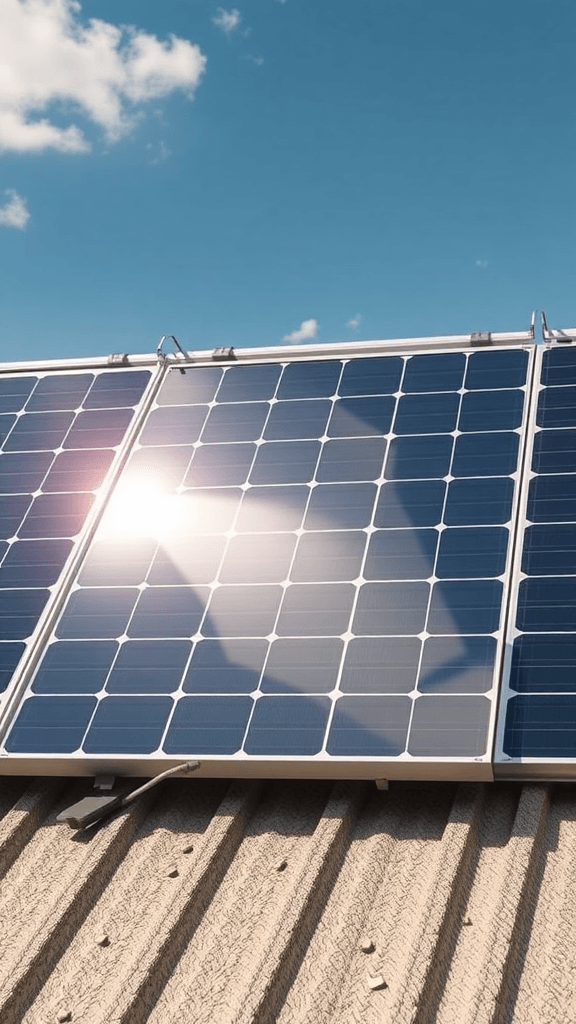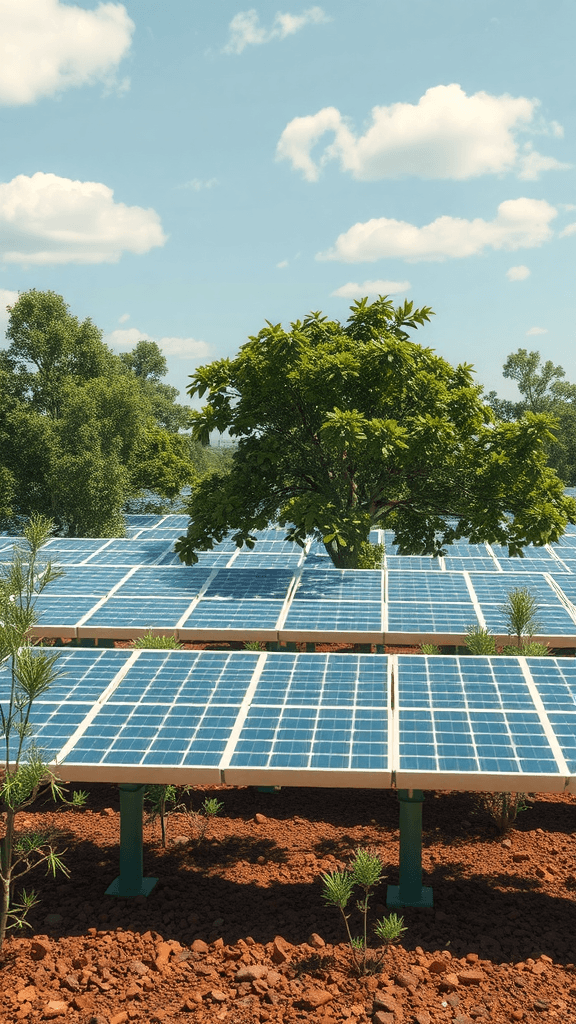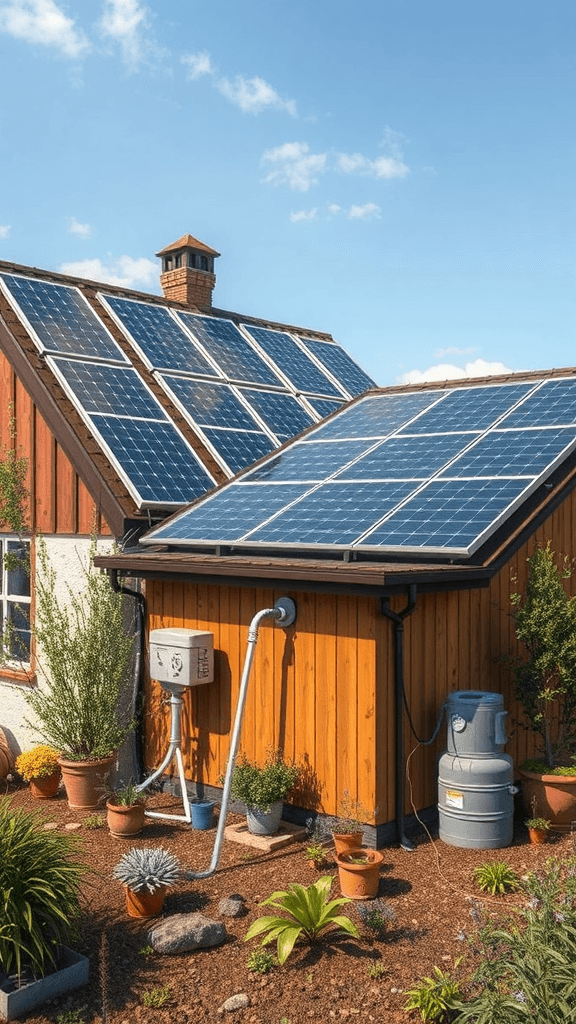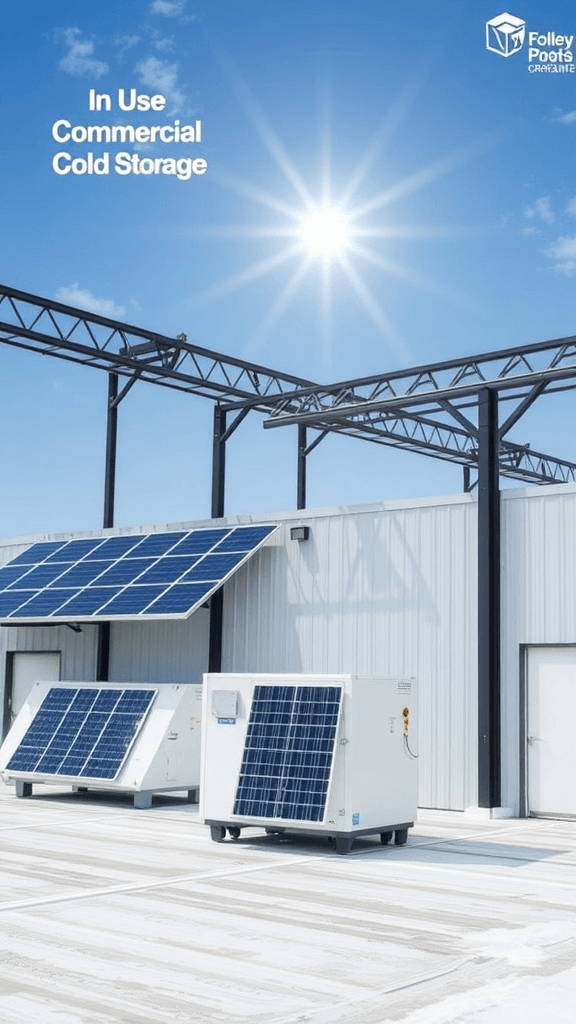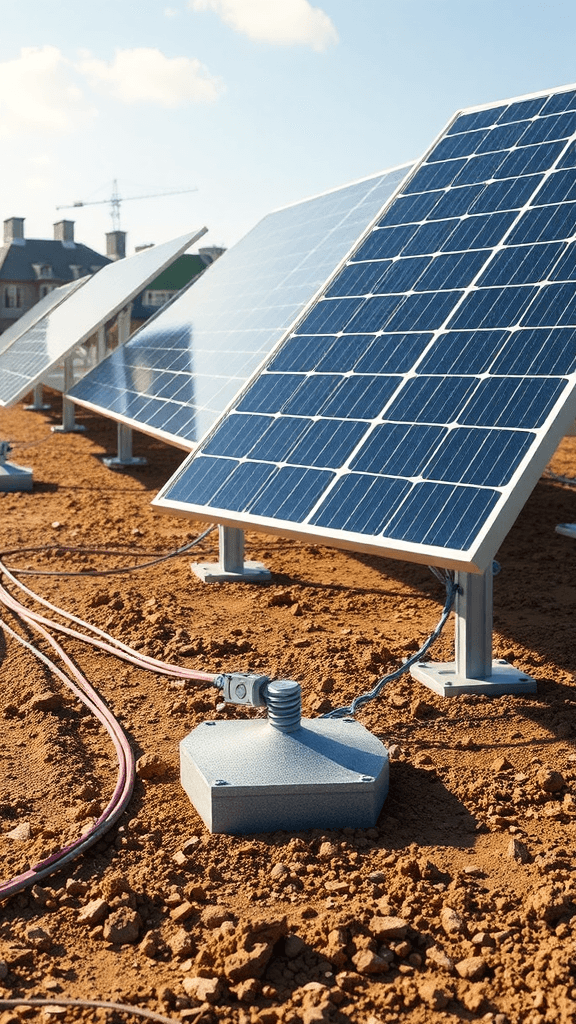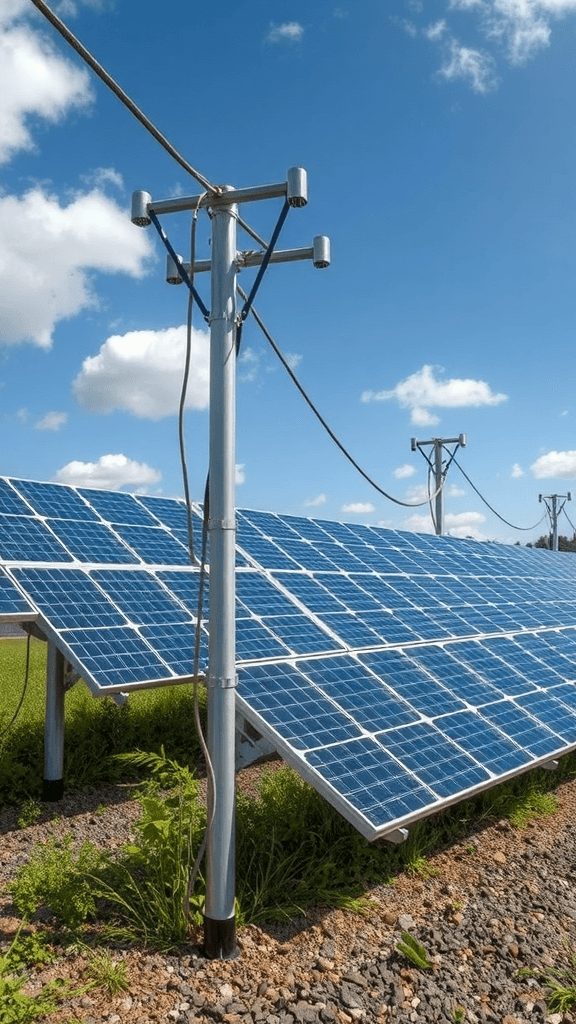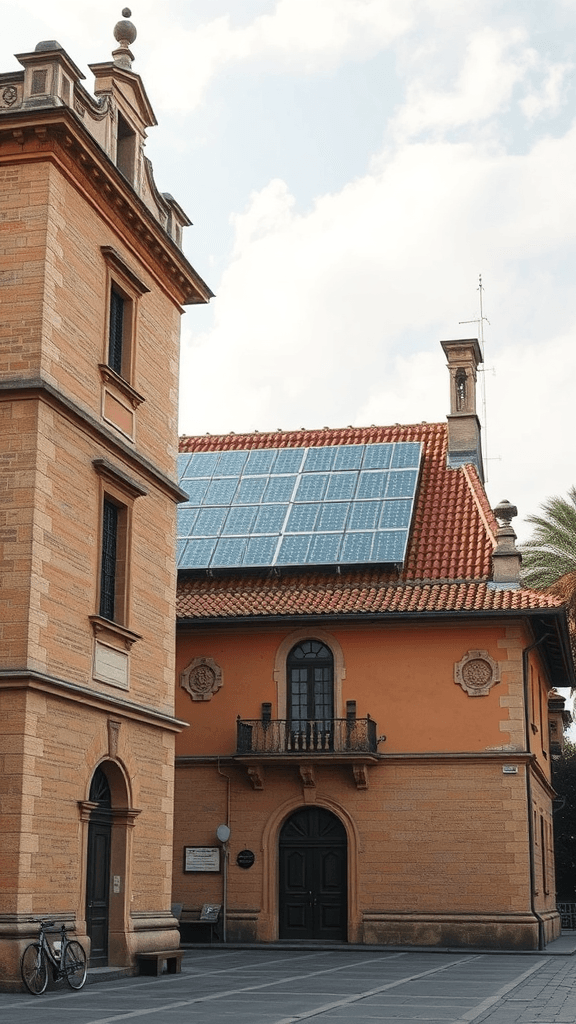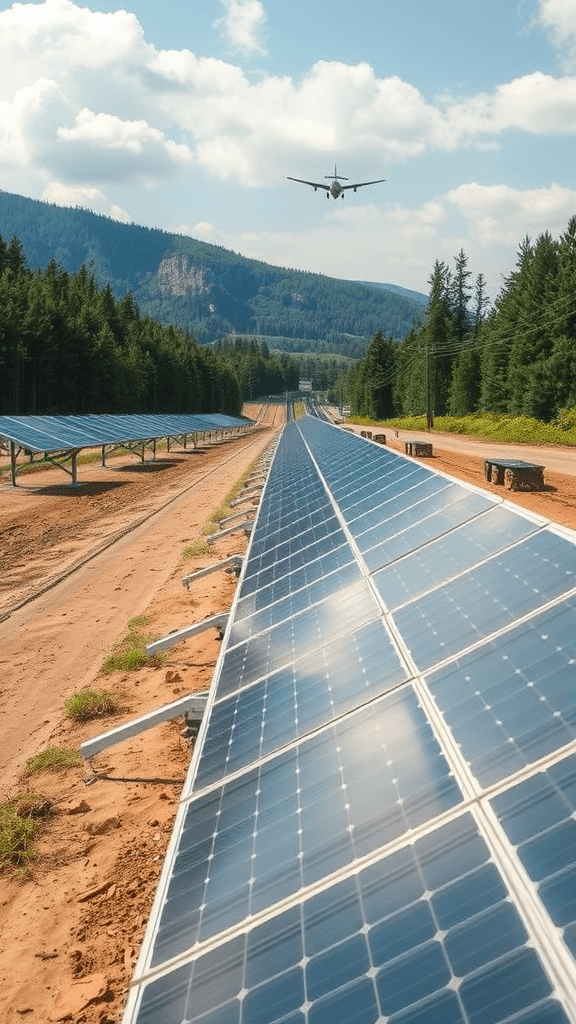Carbon Footprint Comparison: Solar Vs Traditional Power
Carbon Footprint Comparison: Evaluating the Environmental Impact of Solar Power versus Traditional Energy Sources
In today’s world, understanding the impact of our energy choices on the environment is more crucial than ever. The debate between solar power and traditional energy sources is ongoing, particularly regarding their carbon footprints. Both energy systems have widely differing effects on the planet, and evaluating these can help you make informed decisions about energy consumption.
Solar power is often hailed as a clean energy option. To appreciate its environmental advantages, let’s break down the carbon footprint comparison between solar and traditional energy sources.
What is a Carbon Footprint?
Before diving into the specifics, it’s important to define what a carbon footprint is. A carbon footprint measures the total greenhouse gases, particularly carbon dioxide, that are emitted directly and indirectly by an individual or organization. This measurement is essential to understand how our energy choices affect global warming and climate change.
Carbon Footprint of Traditional Energy Sources
Traditional energy sources primarily include fossil fuels like coal, natural gas, and oil. The extraction and burning of these materials lead to significant greenhouse gas emissions.
- Coal: This is one of the dirtiest energy sources. Burning coal releases a large quantity of CO2, sulfur dioxide, and nitrous oxide, contributing heavily to air pollution and climate change.
- Natural Gas: While cleaner than coal, natural gas is still a fossil fuel. It emits less CO2 than coal when burned but still releases methane during extraction, a potent greenhouse gas.
- Oil: Oil combustion releases substantial amounts of carbon emissions. Transportation and heating fuel derived from oil significantly contribute to your carbon footprint.
Traditional energy sources can generate a high carbon footprint that damages the environment. Each kilowatt-hour produced from fossil fuels comes with a significant CO2 emission toll.
Carbon Footprint of Solar Power
When comparing carbon footprints, solar power stands out as a greener alternative. Solar energy systems convert sunlight into electricity without releasing harmful emissions during operation.
However, it’s important to consider the entire lifecycle of solar energy production, including:
- Manufacturing: Solar panels are made using materials that require energy to produce. While the manufacturing process does emit some greenhouse gases, advancements in technology have significantly reduced these emissions over time.
- Installation: Installing solar panels has minimal emissions. The transportation of solar panels also contributes to the overall carbon footprint but is relatively minor compared to fossil fuel energy generation.
- Operational Phase: Once installed, solar panels generate energy without producing CO2 emissions. They can significantly reduce overall carbon footprints, especially when compared to traditional energy sources.
- End-of-life: Eventually, solar panels need to be disposed of or recycled. Though disposal can emit some greenhouse gases, many companies are developing recycling programs to mitigate this impact.
Ultimately, solar energy drastically decreases the carbon footprint once the panels are installed and in operation, making it a sustainable option in the long run.
Benefits of Choosing Solar Power
In addition to a lower carbon footprint, there are multiple reasons for considering solar energy:
- Renewable and Sustainable: Solar energy is renewable. As long as the sun shines, we have access to it!
- Cost Savings: Over time, solar power can lower electricity bills and provide financial incentives through government programs.
- Energy Independence: Relying on solar can decrease dependency on fossil fuels, reducing vulnerability to price fluctuations.
Both solar and traditional energy sources have an environmental impact, particularly regarding carbon emissions. However, solar power is clearly the cleaner choice, leading to significant reductions in greenhouse gas emissions over time. As the world moves toward greater sustainability, it’s vital that you consider these factors when assessing your energy consumption choices.
Choosing clean energy not only lowers your carbon footprint but contributes to a healthier planet for future generations. Every action counts in the fight against climate change, and opting for solar energy is a proactive step towards a sustainable future.
Strategies for Reducing Your Carbon Footprint in Daily Life
Every day, you make choices that impact the environment. Understanding how these choices affect your carbon footprint is essential. Fortunately, there are many strategies you can implement in your daily life to reduce your carbon emissions and contribute to a healthier planet.
Transport Options
How you get around plays a significant role in your carbon footprint. Consider these options:
- Walk or Cycle: Whenever possible, opt for walking or cycling instead of driving. This not only cuts down on emissions but also promotes better health.
- Carpool or Use Public Transport: Sharing rides with others or using buses and trains reduces the number of vehicles on the road, leading to lower overall emissions.
- Choose Fuel-Efficient Vehicles: If you must drive, consider a hybrid or electric vehicle. These options emit fewer greenhouse gases compared to traditional cars.
Energy Consumption at Home
Your home energy use can contribute significantly to your carbon footprint. Here are some strategies to lessen that impact:
- Switch to Energy-Efficient Appliances: Look for ENERGY STAR-rated appliances when it’s time to replace old ones. These use less electricity, which helps lower your carbon footprint.
- Use Smart Power Strips: Many electronics consume power even when turned off. Smart power strips can help minimize this phantom energy usage.
- Switch to Renewable Energy: If available in your area, consider switching your energy supplier to one that provides renewable energy options, like solar or wind power.
Water Conservation
Water usage is another area that can influence your carbon footprint. Here are a few tips:
- Fix Leaks: A dripping faucet can waste gallons of water. Promptly fixing these leaks helps conserve this precious resource.
- Take Shorter Showers: Reducing your shower time not only conserves water but also reduces the energy used to heat the water.
- Use a Dishwasher: Running a full dishwasher uses less water than washing dishes by hand, especially if you have a water-efficient model.
Food Choices
Your diet can significantly affect your carbon footprint. Consider these dietary strategies:
- Reduce Meat Consumption: Meat production is resource-intensive. By eating less meat, you can significantly lower your carbon footprint.
- Choose Local and Seasonal Foods: Purchasing locally grown food often requires less transportation and is fresher, reducing spoilage and waste.
- Minimize Food Waste: Plan your meals and store food properly to avoid spoilage. Composting food scraps can also reduce waste.
Reduce, Reuse, Recycle
The three R’s are essential for reducing emissions linked to production and waste. Here’s how to apply them:
- Reduce: Buy only what you need. Consider cutting down on single-use plastics by choosing reusable bags and containers.
- Reuse: Find new uses for items instead of throwing them away. For example, jars can be repurposed for storage or crafts.
- Recycle: Familiarize yourself with your local recycling guidelines. Make it a habit to sort your waste properly to minimize landfill contributions.
Conscious Consumerism
As a consumer, your choices matter. Here’s how to shop mindfully:
- Support Sustainable Brands: Look for companies that prioritize sustainability in their products and practices.
- Buy Second-Hand: Thrift shopping reduces your carbon footprint by giving items a new life instead of contributing to new production.
- Choose Green Products: Select environmentally friendly products with minimal packaging and sustainable materials.
By adopting these strategies into your daily life, you can significantly reduce your carbon footprint. Small changes in behavior can accumulate to make a big difference for the environment. Every effort counts, and taking action starts with you!
Conclusion
The choice between solar power and traditional energy sources has significant implications for our environment and future. Solar power stands out as a cleaner, more sustainable option that greatly reduces carbon emissions compared to fossil fuels. While traditional energy sources like coal, oil, and natural gas contribute heavily to global warming and pollution, embracing solar energy helps mitigate these effects.
As individuals, we have the power to make choices that reduce our carbon footprint, regardless of whether we switch to solar energy or continue using traditional sources. Simple strategies such as reducing energy consumption, using energy-efficient appliances, and choosing renewable energy options when possible can make a meaningful difference. habits like using public transportation, recycling, and conserving water also contribute significantly to lowering our overall environmental impact.
Moving toward solar energy doesn’t just benefit the planet; it can also lead to cost savings on energy bills in the long run. By investing in solar panels or supporting renewable energy initiatives, you play a vital role in combating climate change and promoting a healthier planet for future generations.
Ultimately, every small action counts. Whether you are already utilizing solar power, considering a switch, or taking steps in your daily life to be more environmentally conscious, each effort contributes to a more sustainable future. Choosing how to power our lives thoughtfully can lead us to a greener world, highlighting the importance of being aware of the environmental impact of our energy decisions every day. Your choices create ripples of change that can lead to a brighter, cleaner planet.

